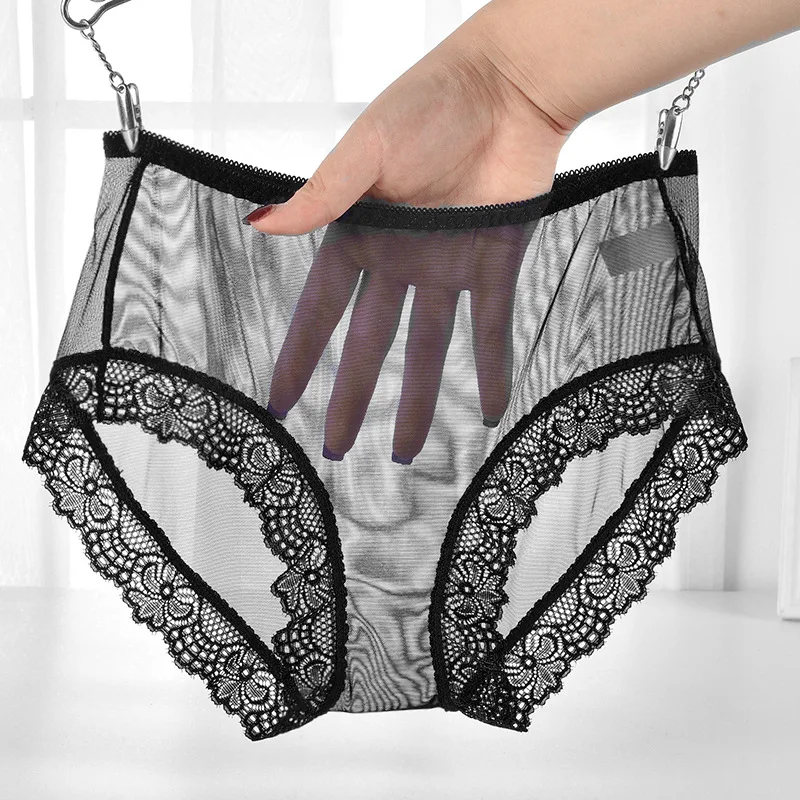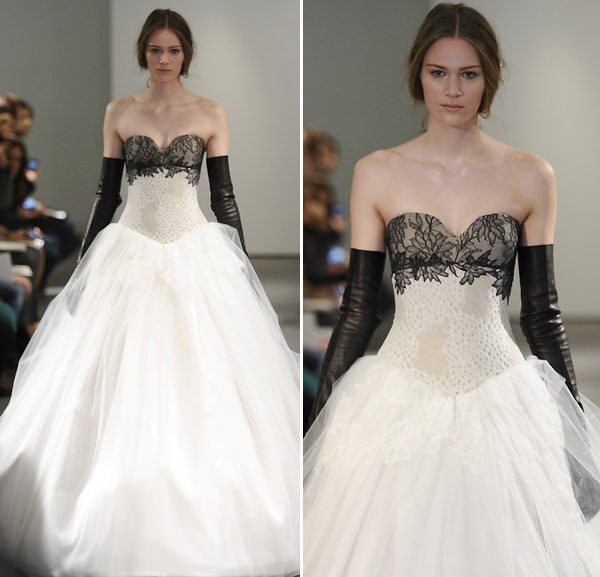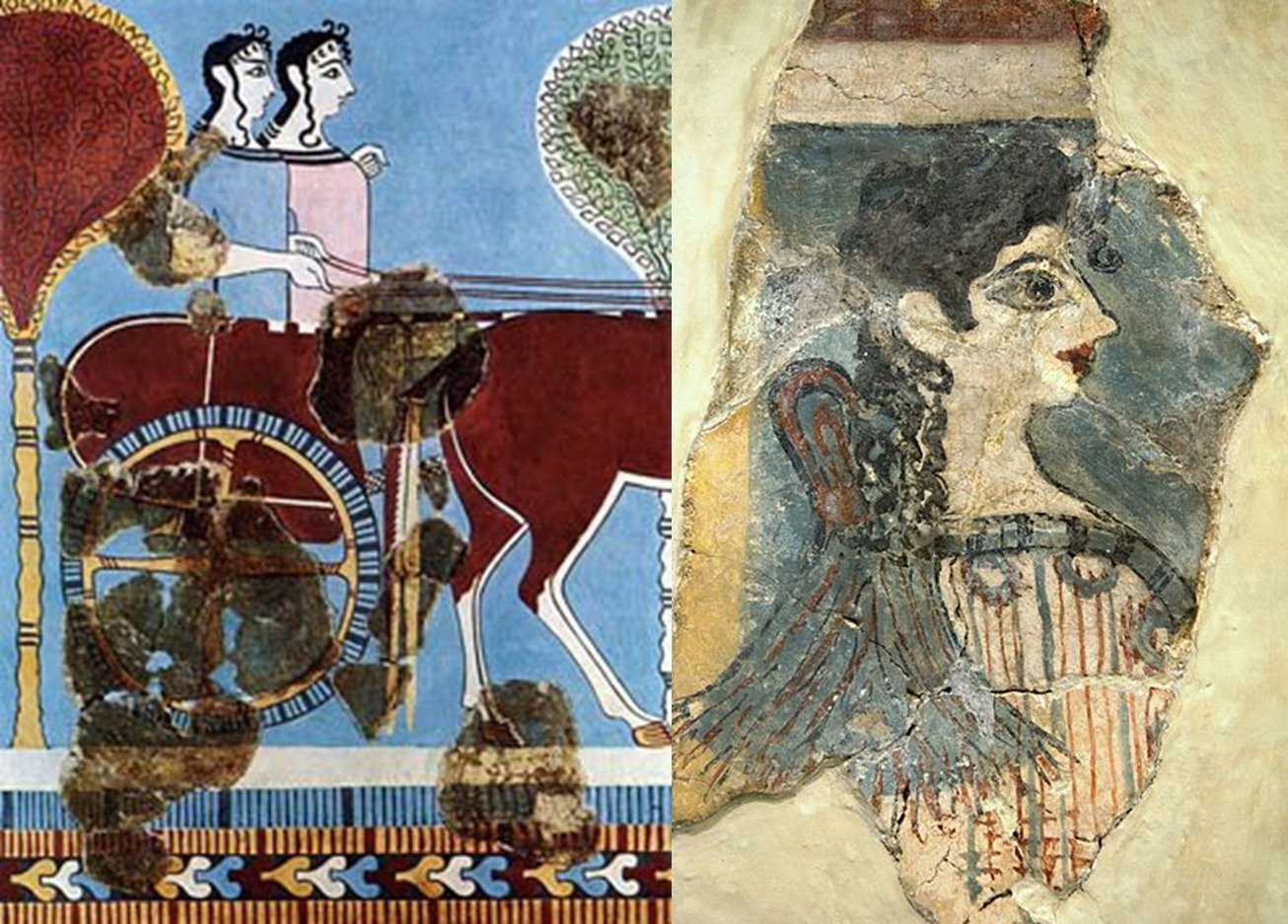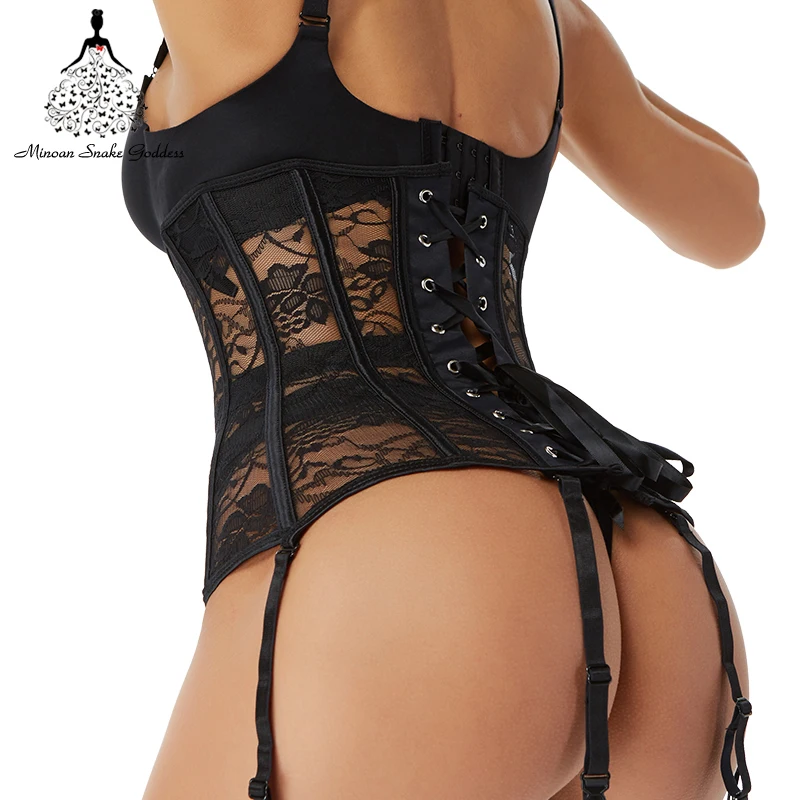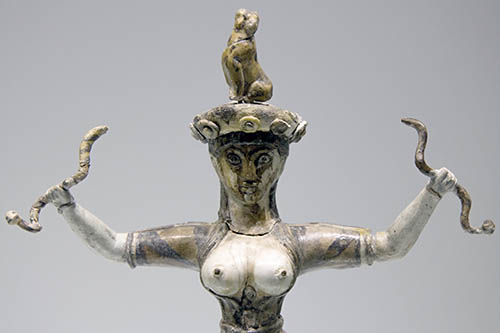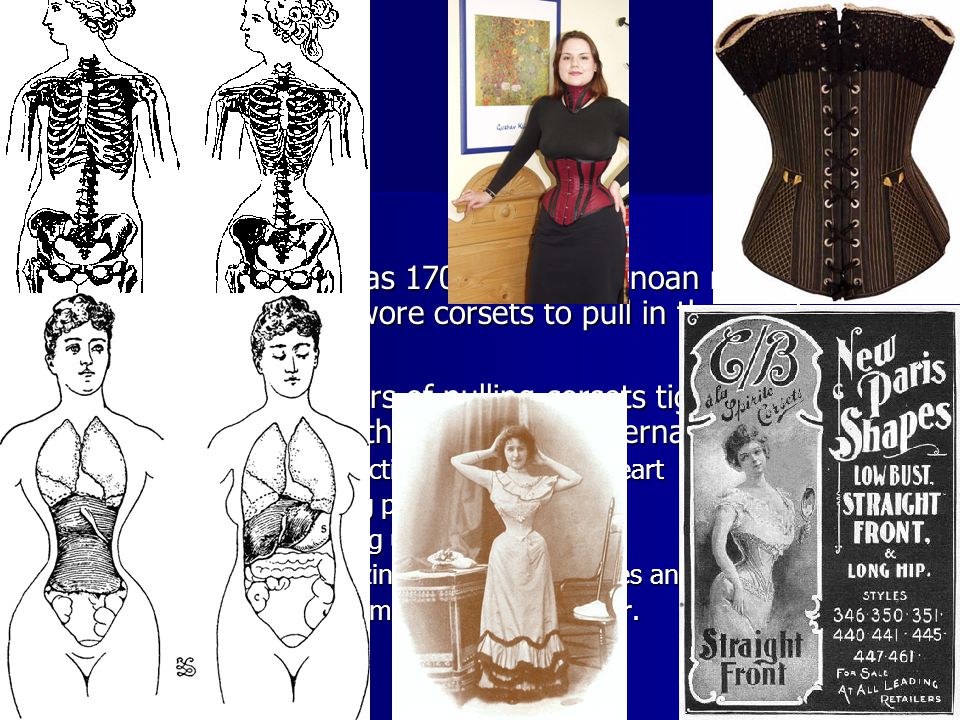Cultural Beauty or Cruelty? - ppt video online download
4.8 (150) · $ 22.00 · In stock
What is it? This was a custom practiced on females for approximately one thousand years in China. It began in the 10th century and ending in the early 20th century. This act, foot binding, was an attempt to stop the growth of the foot.
Cultural Beauty or Cruelty?
Foot Binding: Cultural Beauty or Cruelty
Foot binding continued to spread from the royalty, to the wealthy and eventually all classes of people had their feet bound. Poor people did so in hopes of improving their social status. According to legend, women were bound in this way to replicate an imperial concubine who danced with her feet wrapped in silk.
The mother who was the one to bind the feet, and usually started the process late in the fall or winter. Why - so the foot would be numb and the pain would not be as severe. The daughters feet would first be soaked in warm water or animal blood and herbs. The special potion that was used for this caused any dead flesh (Skin) to fall off. She would have her toe nails cut as short as possible therefore not allowing them to grow into the foot. After she received a foot massage, the four smallest toes on each foot were broken.
Every two days, the binding was removed and rebound. This part of the process went on for two years. The process was very painful; every time the feet were rebound the bandages were pulled tighter. By this time her feet were three to four inches long. To assure the feet staying small, the ritual continued for at least ten more years. Her heels developed extremely hard calluses because she walked on her heels, unable to put weight on her doubled-under toes. The ideal was a 3-in. foot, and no longer than 4 in. Bound feet would bend, becoming so concave they were sometimes described as lotus hooks . The binding process resulted in intense pain and caused phalanges to fracture easily.
The pain of the bound feet never stopped. The most common consequence was infection. The ball of the foot would folding directly into the heel. The toenails continued to grow, eventually curling into the skin. This led to flesh rotting off, and sometimes even a toe. The worst part of the process was that the feet would practically die after three years. The feet being dead caused a terrible smell the girl carried with her everywhere. Diseases followed infections, and death could even result from foot binding.
Fall. Less able to squat. Less able to rise from a sitting position in their older years. The combination of the lower hip bone density, along with the fact women with bound feet were more likely to fall, put these women at an extremely high risk for hip fractures.
Manchu women were forbidden from binding their feet or the feet of their daughters. Instead they wore flower bowl shoes which gave the illusion of tiny feet. Bound feet became an important differentiating marker between Manchu and Han. In 1911, the Republic of China government banned foot binding; women were told to unwrap their feet lest they be killed. Some women s feet grew 1/2 - 1 inch after the unwrapping, though some found the new growth process extremely painful and emotionally and culturally devastating.
Men in China in that era would not marry a woman who did not have bound feet. The man s mother was always responsible for making sure the woman he was to marry had bound feet. If the mother of the man lifted up the woman s dress and discovered clown feet, she would not allow her son to speak to that woman again. The mother of the man that she loved finding out she does not have bound feet was the most embarrassing thing that could happen to you. Feet binding also divided men and women and upheld old Chinese beliefs. Foot binding kept women weak, out of power, and dominated by her husband. When women bound their feet, men could dominate more easily and not worry about women taking their power. The process took place so early, the young girl had no choice but to follow her family s order and have her feet bound. She was seen as an object to the men, to be observed and look pretty, therefore appealing to men mattered more to the girls than their health.
First, many westerners believed that it was only the wealthy women that had their feet bound and the poor women strongly disagreed with the process. The truth is that only the Hakka community and the boat dwellers of the Tanka community shunned it but the rest of the Chinese society put it on a high pedestal. Secondly, Westerners believed that it was only women who followed through with this process but this is incorrect. Some men- primarily actors and prostitutes also bound their feet. Although foot binding had many misconceptions it did continue long after the nineteenth century.
Is this really so unusual though – isn’t it just another instance of women making themselves beautiful through pain And what about men Other cultural modifications: Neck stretching: Rings are snapped around the necks of girls beginning at the age of six. A few rings may be added every year, up to a limit of 20. The record, according to one village woman, is 28 brass rings. The women s necks aren t actually stretched. Rather, the weight of the rings gradually crushes the women s collar bones, producing the illusion of long necks.
Slowly over time, larger disks are inserted until her lip is stretched big enough to be used for a basketball hoop. Many girls have their two lower teeth knocked out to accommodate the huge plate causing them to drool and have trouble speaking normally. The bigger the lip plate, the more physical strife the woman is able to withstand, and the stronger she’ll be as a partner to her husband. For many women getting a lip plate is the only hope they have for a decent marriage: the bigger the lip, the more desirable a woman is, and the more cattle the groom’s family has to trade for him to get a wife.
Tattooing instruments have been found at archaeological digs in Europe that place the time as early as 10,000 BC.
the practice of piercing a hole through the skin and inserting a piece of metal, bone, shell, ivory or glass to wear as an ornament has been around for millennia.
After years of pulling corsets tighter and tighter, they dislocated internal organs— constricting the lungs and heart. putting pressure on the liver. pushing up the stomach. squeezing the small intestines and bowels. and compressing the bladder.
The history of plastic surgery reaches back to the 1900 s. Physicians in ancient India were utilizing skin grafts for reconstructive work as early as the 8th century BC.
Dying, straightening, etc hair. Make up. Scarring. High Heels. Contacts (colored eyes/designs) Botox. Waxing. Filing.
Answer the following questions in essay form: 1. In your opinion, was foot binding a form of cultural beauty, cruelty to women, or male dominance (Can be multiple) 2. Compare and contrast foot binding to one or more other forms of body modifications in America. 3. Foot binding was continued till 1957 although it was illegal. Imagine you are a government official and argue your case to either keep it legal or to make it illegal.
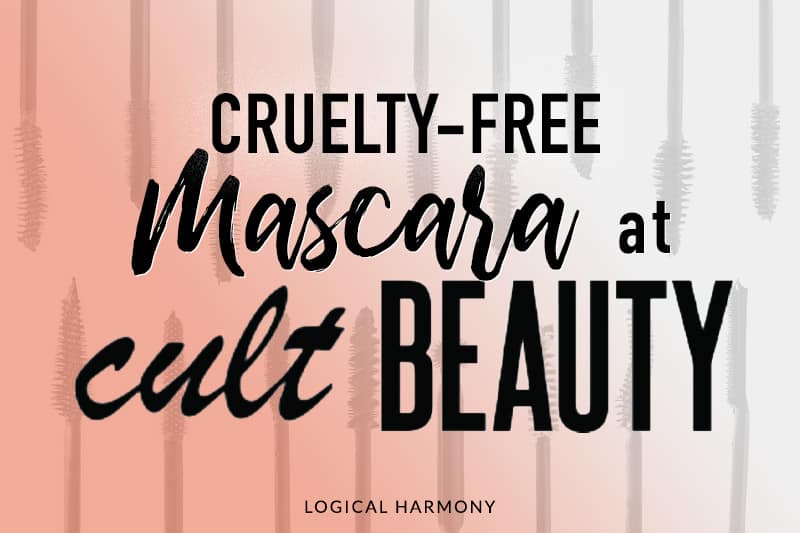
Cruelty-Free Mascara at Cult Beauty - Logical Harmony

Cultural Beauty or Cruelty? - ppt video online download

Cruelty-Free Brands Infographics

PPT - The Journey Towards Cultural Competence PowerPoint
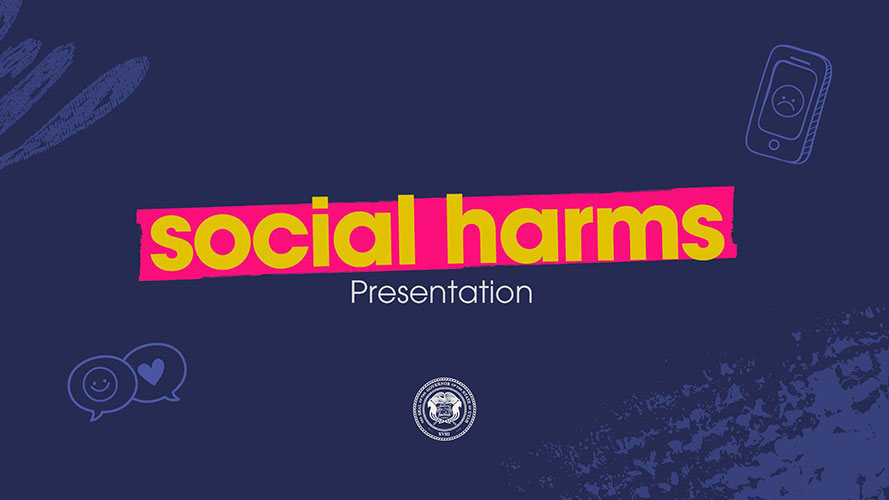
Unmask the dangers of social media - Harms of Social Media

Drug Awareness Banner in Illustrator, EPS, PSD, JPG, PNG

Addiction and Substance Use Disorder Mnemonics (Memorable

Beauty and Culture Anthropology. - ppt video online download

Cruelty Free Makeup Catalog
